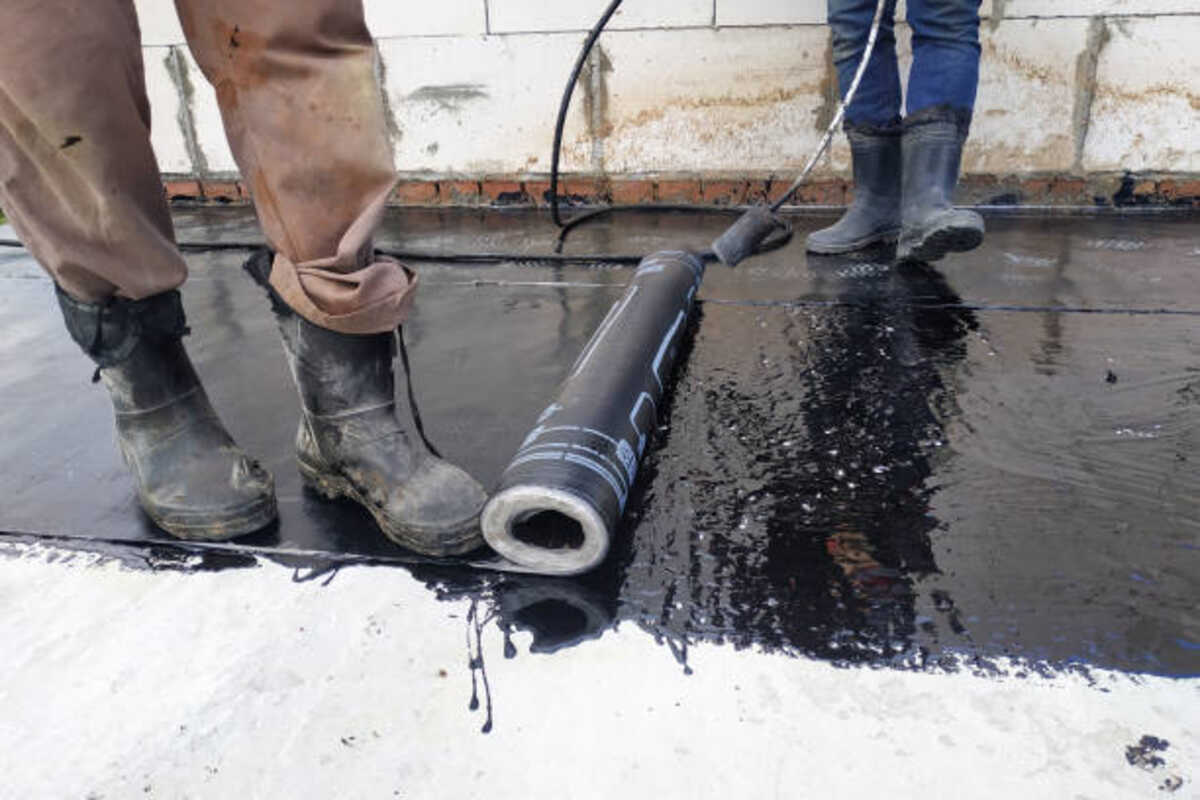While climate change continues to influence weather patterns around the world, its effects on home repair and maintenance are becoming significantly apparent. One area mainly influenced by this is basement waterproofing, which, along with changing precipitation patterns and rising sea levels, has created new challenges for homeowners. In this article, we will examine precisely how climate change is influencing basement waterproofing practices and what homeowners can do to change. Learn the best info about SBW Basement Waterproofing in Springfield, MA.
1 . Increased Rainfall along with Flooding: A Growing Concern
One of the most direct effects of climate change is the increase in heavy rain and flooding. More strong and frequent storms could overwhelm existing drainage methods and lead to basement surging. Homeowners in areas liable to flooding are finding that classic waterproofing methods may not be sufficient to handle the enhanced water volume.
To address this concern, many homeowners are turning to superior waterproofing systems designed to handle larger volumes of drinking water. For example, advanced sump pump motor systems with higher capability and backup power resources are becoming more common. Additionally, enhanced drainage solutions, such as pressure-driven systems, are being used to channel water away from the building blocks better.
2 . Rising Sea Amounts and Coastal Flooding
Rising ocean levels pose a significant danger to homes in coastal areas, particularly those with basements. The increased possibility of coastal flooding necessitates better-quality waterproofing solutions. Elevated houses and flood barriers have become standard practices in these areas, but they are not always feasible for current properties.
For homes that cannot be elevated, innovative protection techniques are being employed, such as reinforced basement walls and floors and advanced protection membranes that offer enhanced water pressure. Some homeowners are also incorporating flood-proofing procedures, such as removable barriers and watertight doors.
3. Land Erosion and Foundation Stableness
Climate change can also affect soil conditions around a home’s foundation. Extreme weather situations, such as heavy rains and droughts, can lead to soil chafing and changes in soil formula, which in turn affect foundation stability. Homes with basements may well experience more frequent groundwork issues, including settling and cracking.
To combat all these problems, foundation repair and stabilization techniques are innovating. For example, helical piers and steel push piers are utilized to provide additional support for foundations affected by soil activity. Additionally, soil stabilization approaches, such as grouting and compaction, are being employed to address chafing and improve soil stability around the foundation.
4. Temp Fluctuations and Insulation Demands
Climate change is also ultimately causing more extreme temperature imbalances, which can impact the functionality of basement waterproofing methods. Cold weather can cause pipes to freeze and burst, while excessive heat can typically affect the integrity of waterproofing elements.
In response, homeowners are significantly focusing on insulation and state control within their basements. Top-end insulation materials, such as closed-cell spray foam, are being used to boost thermal performance and prevent trust. Additionally, climate control methods, including dehumidifiers and AIR CONDITIONING units, are being integrated into the downstairs room waterproofing plans to maintain firm temperature and humidity quantities.
5. Eco-Friendly and Lasting Waterproofing Solutions
With the development of awareness of environmental issues, many owners are seeking eco-friendly and lasting waterproofing solutions. These choices not only address the difficulties posed by climate change but also contribute to overall ecological preservation.
For instance, some waterproofing techniques incorporate recycled materials and low-impact manufacturing processes. In addition, green building practices, such as rainwater harvesting and porous paving, are being integrated into protection plans to reduce the impact on local water systems and improve overall sustainability.
Six. The Importance of Professional Guidance
Browsing through the complexities of environmental change and its impact on cellar waterproofing requires professional experience. A knowledgeable basement waterproofing organization can provide valuable insights and recommendations based on your home’s specific circumstances and local climate. SBW Basement Waterproofing Springfield MOTHER, located at 616 Dwight St, Springfield, MA 01103, offers expert consultation and services to help homeowners adjust to the changing climate and protect their basements efficiently.
Conclusion
Climate change is actually reshaping the landscape associated with basement waterproofing, presenting brand-new challenges and opportunities intended for homeowners. By understanding the effects of increased rainfall, climbing sea levels, soil chafing, and temperature fluctuations, house owners can take proactive steps to adapt their waterproofing tactics. With the help of advanced technologies along with professional guidance, it is possible to secure your home against the effects of some changing climate and ensure long protection for your basement.
Read also: Why You Need an Asphalt Maintenance Company.


